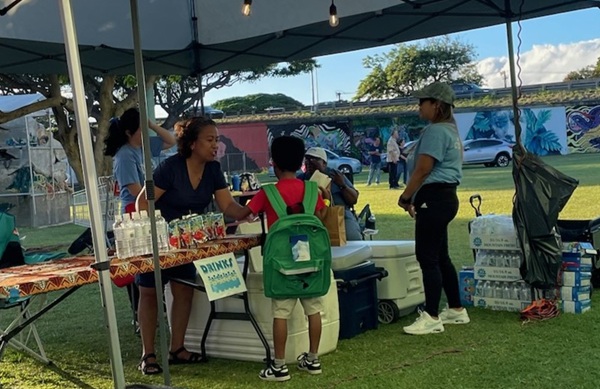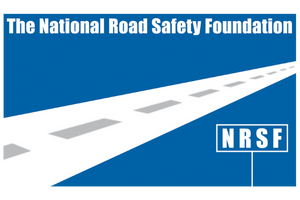Summary
In 2024, GHSA, in partnership with the National Road Safety Foundation (NRSF), awarded a $25,000 grant to The Hawaii Department of Transportation's (HDOT) Highway Safety Office to partner with community-based organizations to develop and implement youth active transportation safety (YATS) initiatives focusing on safe walking, biking and/or scooting.
The HDOT and the Ka'u School District collaborated to enhance safe transportation for the youth of Ocean View, Naalehu and Pahala. This initiative is built upon qualitative research conducted by HDOT and the University of Hawaii to address traffic safety issues in this underserved community. Students received reflective materials, whistles and shoes to promote safe walking from transit stops to school. In addition, as a direct result of a series of community listening sessions, recommendations for infrastructure improvements that would bolster walkability were provided to local safety engineers and transit providers.
Materials and Languages
The HDOT collaborated with the Ka'u School District to conduct three focus groups for community stakeholders and families. These discussions focused on identifying dangers students face commuting to school and potential ways to address them. During these sessions, 66 families completed a transportation survey in their preferred language with the assistance of a translator (a Marshallese pastor). The survey results informed which supplies were provided to children and their family members to help them safely walk from their homes to school and/or public transit stops. To ensure participants with limited English proficiency (LEP) understood the purpose of the safety supplies, the HDOT worked with a professional translation service and other entities.
Safety Gear
The HDOT, with support from The Global Learning Lab and Ka'u School, launched the supply distribution initiative before the summer break. They gave 66 students essential safety gear, such as backpacks, lights, whistles, ponchos and reflective bands.
The University of Hawaii conducted a follow-up process evaluation to determine if some of the safety supplies could be provided to neighboring communities on the "Big Island" experiencing similar transportation safety challenges. This onsite evaluation offered an additional opportunity to forge partnerships with local businesses and the Safe Routes to School program. Surplus lights and backpacks were distributed to an additional 30 students who participated in a bike-to-school safety event.
Community Engagement
The program had an even greater reach due to additional support from local partners. Using on-grant funds, the HDOT distributed another 500 backpacks and 2,000 lights. A local church group donated 2,000 toothbrushes and other toiletries, and a local foundation, Ulupono, provided meals to the focus group participants. In addition to supplies, the Ka'u School District provided in-kind support by hosting and facilitating the focus groups, both in the community and at the school. Normally, research companies charge an estimated $5,000 per focus group.
Ongoing Impact
As a result of the HDOT's safety outreach and relationship building, which were critical components of this program, families in these communities have been equipped with resources that can help them walk and bike more safely to school and other locations.





